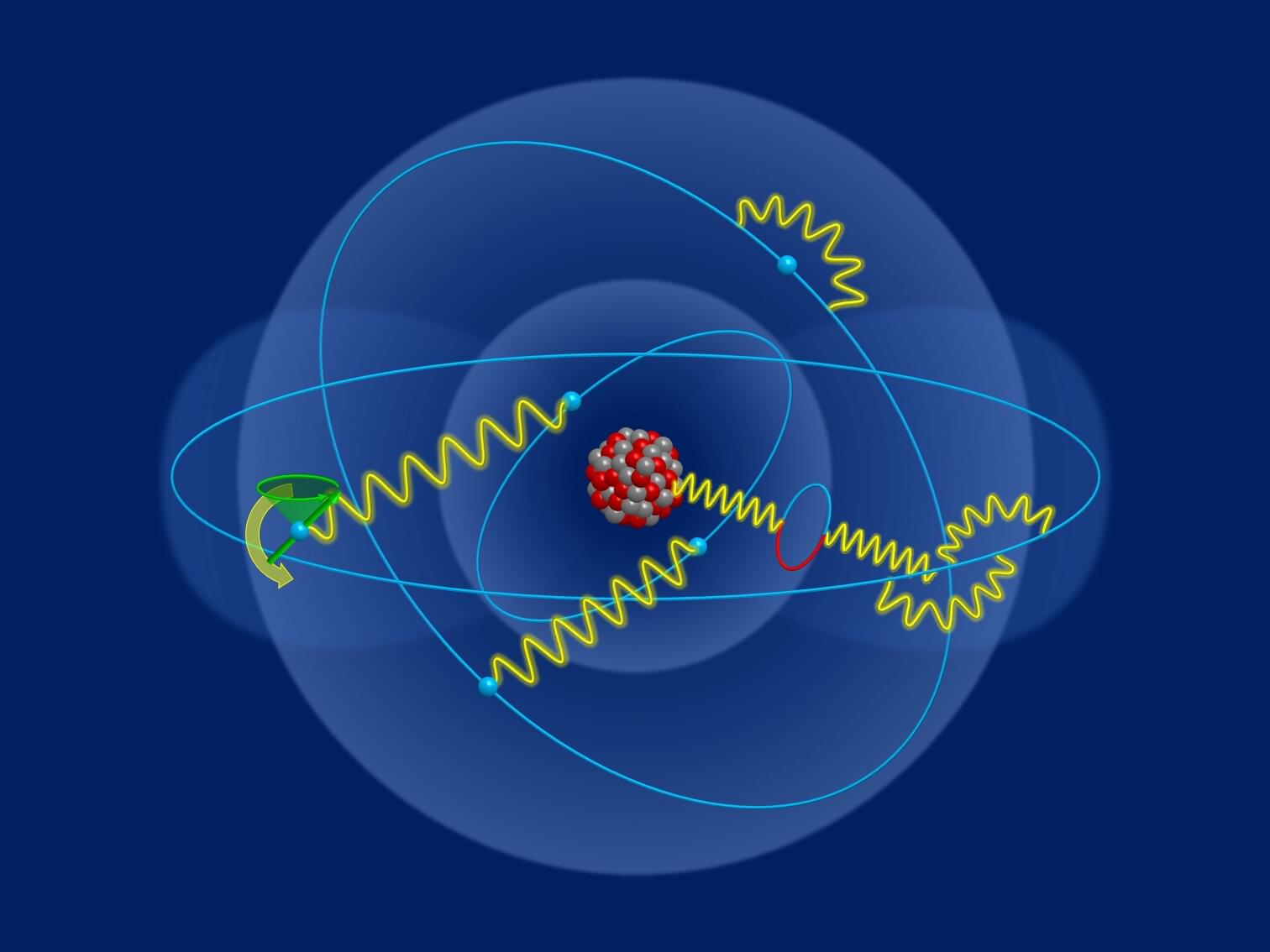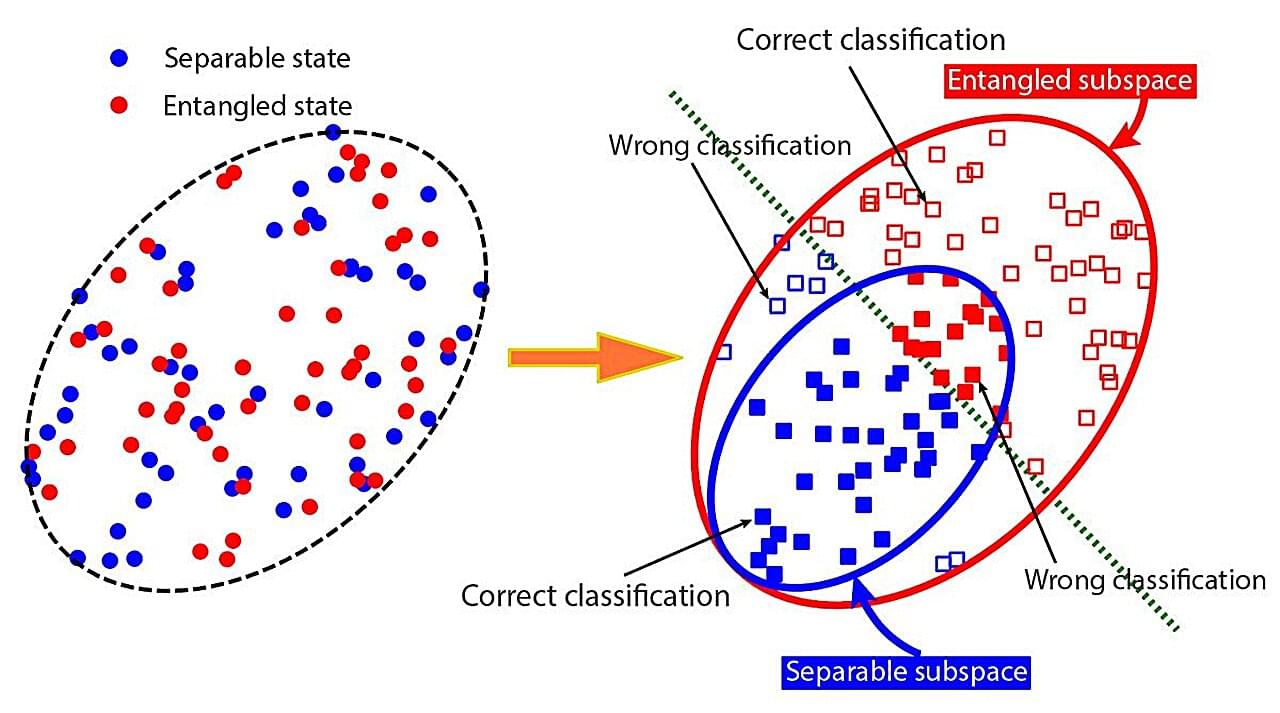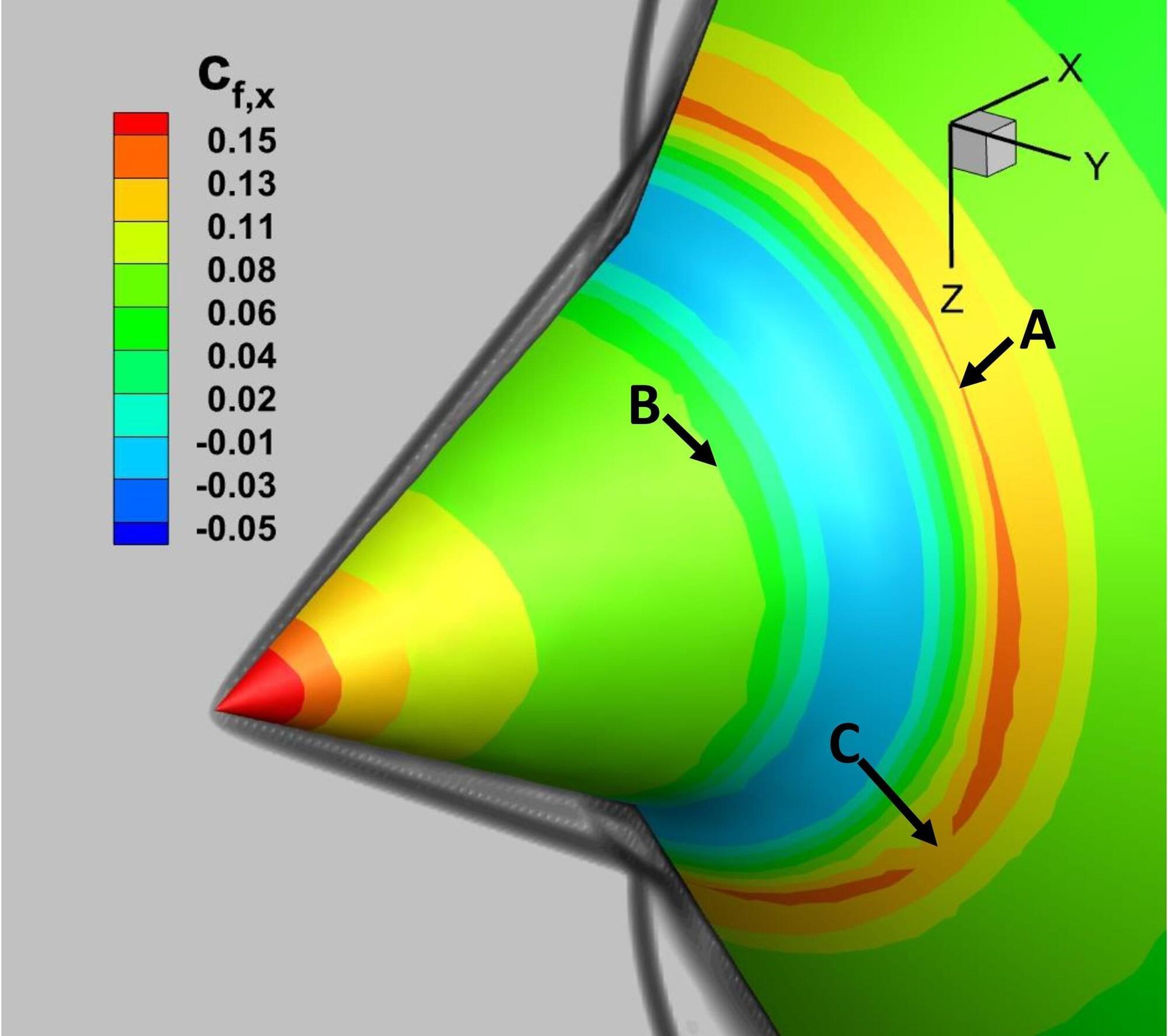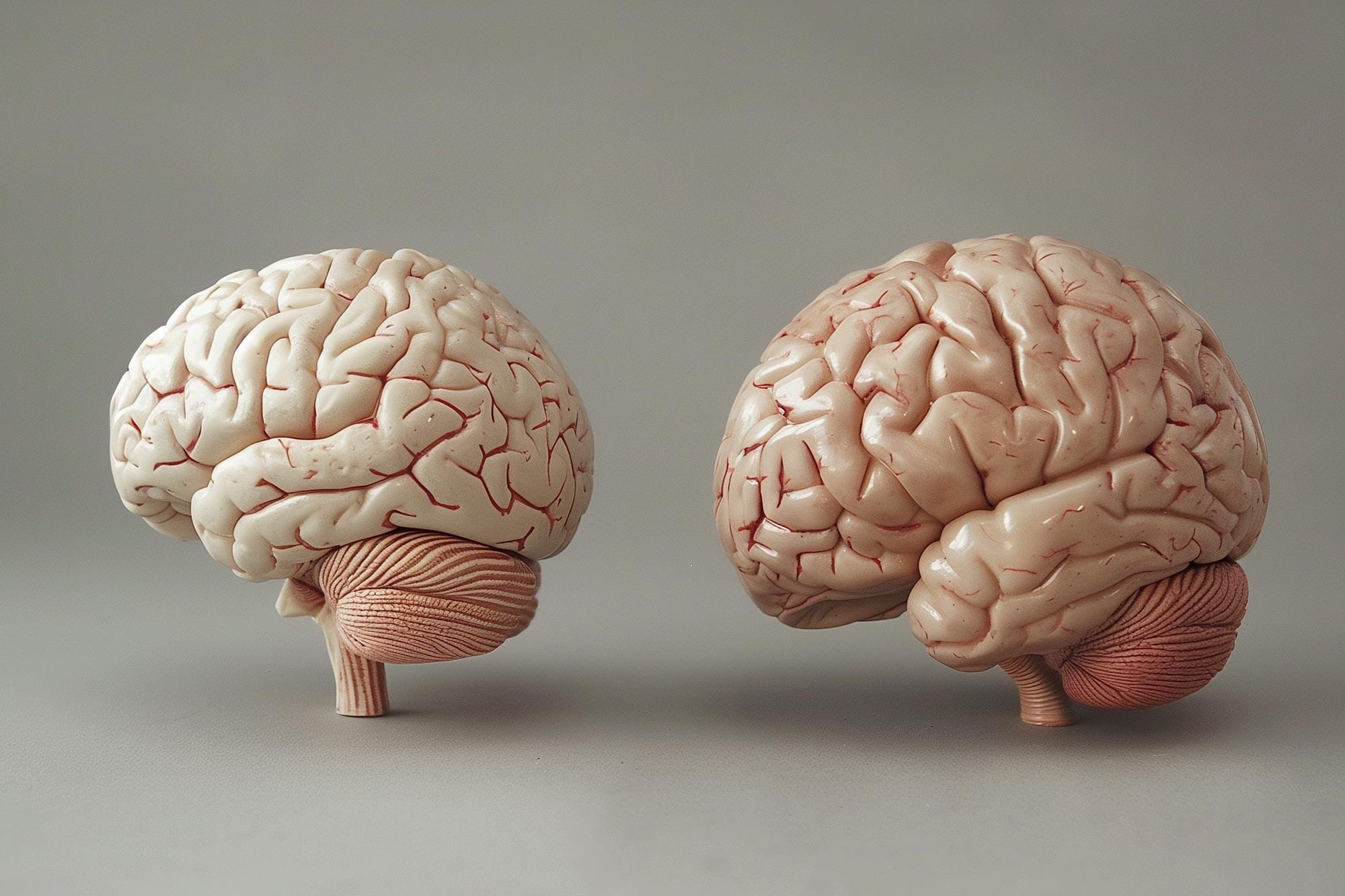Highly charged heavy ions form a very suitable experimental field for investigating quantum electrodynamics (QED), the best-tested theory in physics describing all electrical and magnetic interactions of light and matter. A crucial property of the electron within QED is the so-called g factor, which precisely characterizes how the particle behaves in a magnetic field.
Recently, the ALPHATRAP group led by Sven Sturm in the division of Klaus Blaum at the Max-Planck-Institut für Kernphysik (MPIK) in Heidelberg measured the g factor of hydrogen-like tin ions on a precision level of 0.5 parts per billion, which is like measuring the distance from Cologne to Frankfurt with precision down to the thickness of a human hair. This is a stringent test of QED for the simplest atomic system, just like conventional hydrogen but with a much higher electric field experienced by the electron due to the charge of 50 protons inside the tin nucleus.
In a new study published in Physical Review Letters, researchers have now tackled highly charged boron-like tin ions with only five remaining electrons. The goal is to study the inter-electronic effects in the boron-like configuration. So far, the only boron-like g factor has been measured with high precision for argon ions with a proton number Z of 18. However, the nucleus is not a point charge like the electron and its charge distribution leads to finite nuclear size corrections—another challenge for precision experiments.








